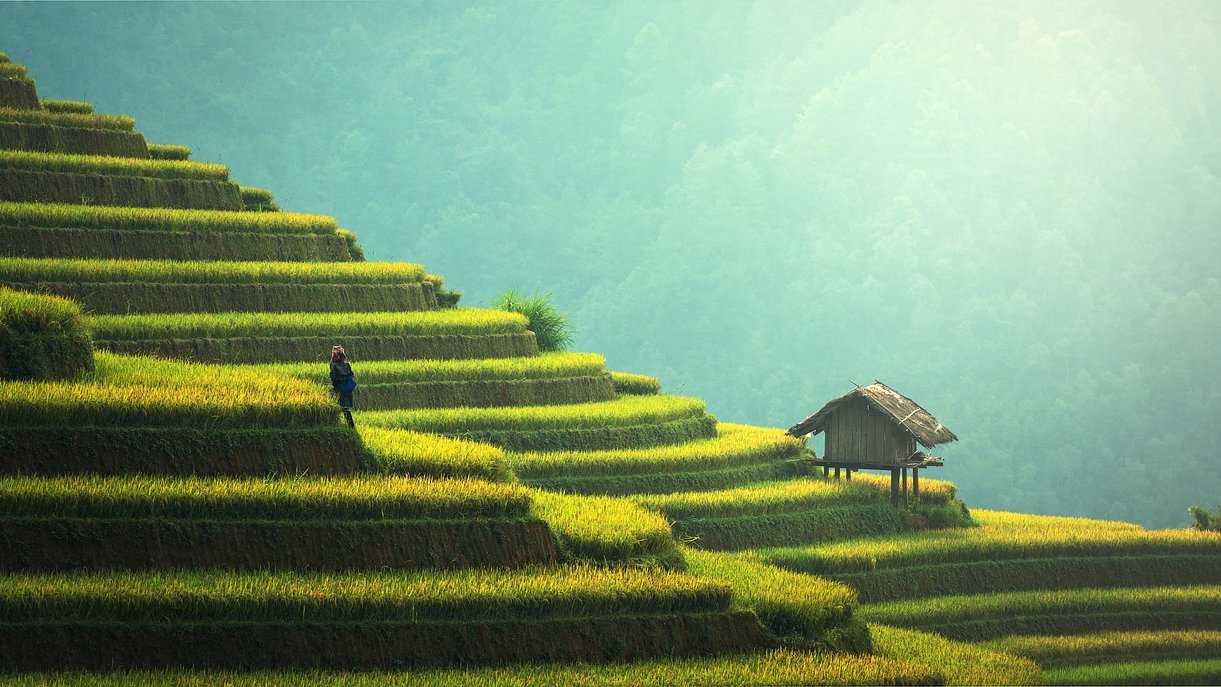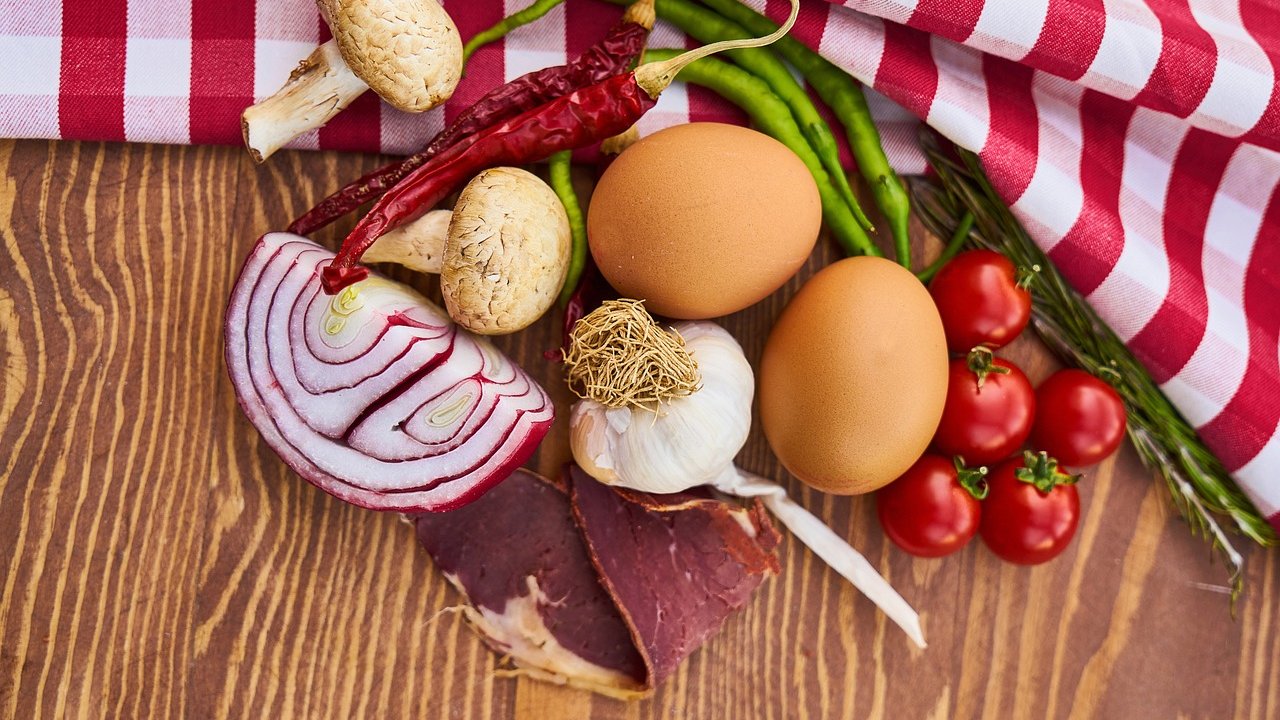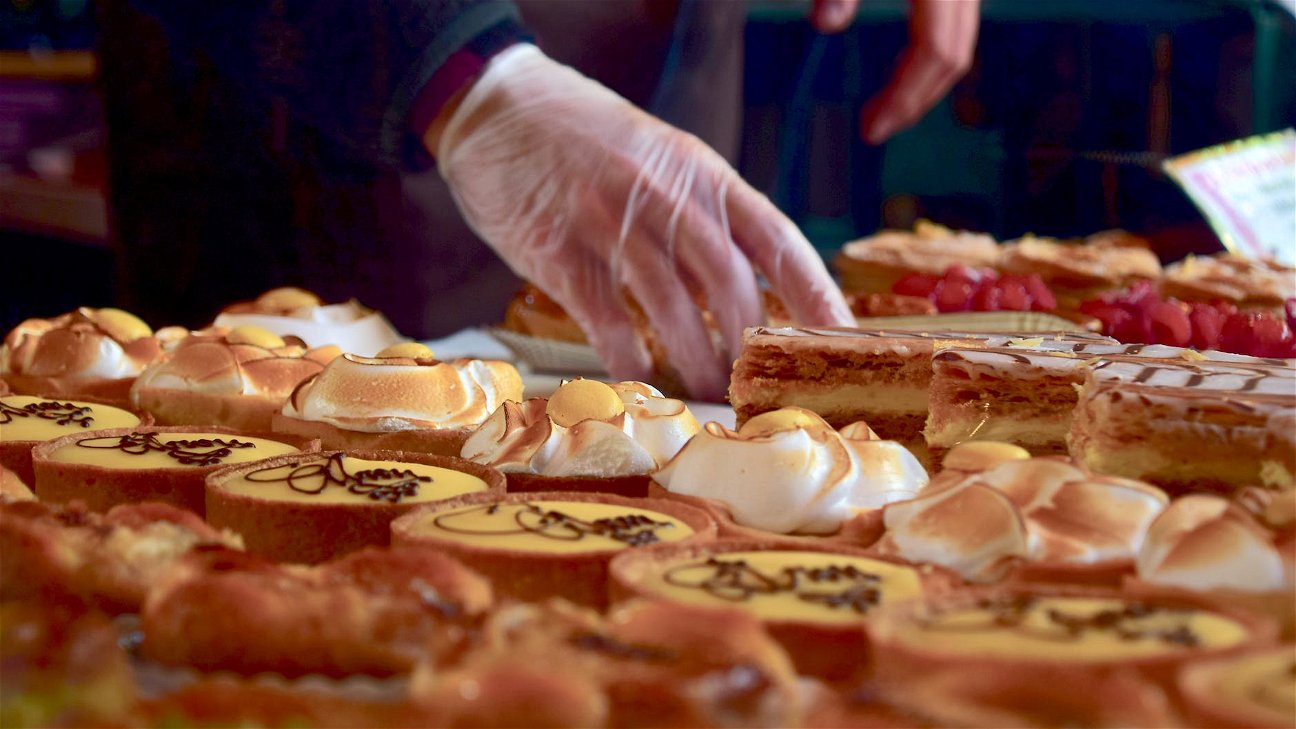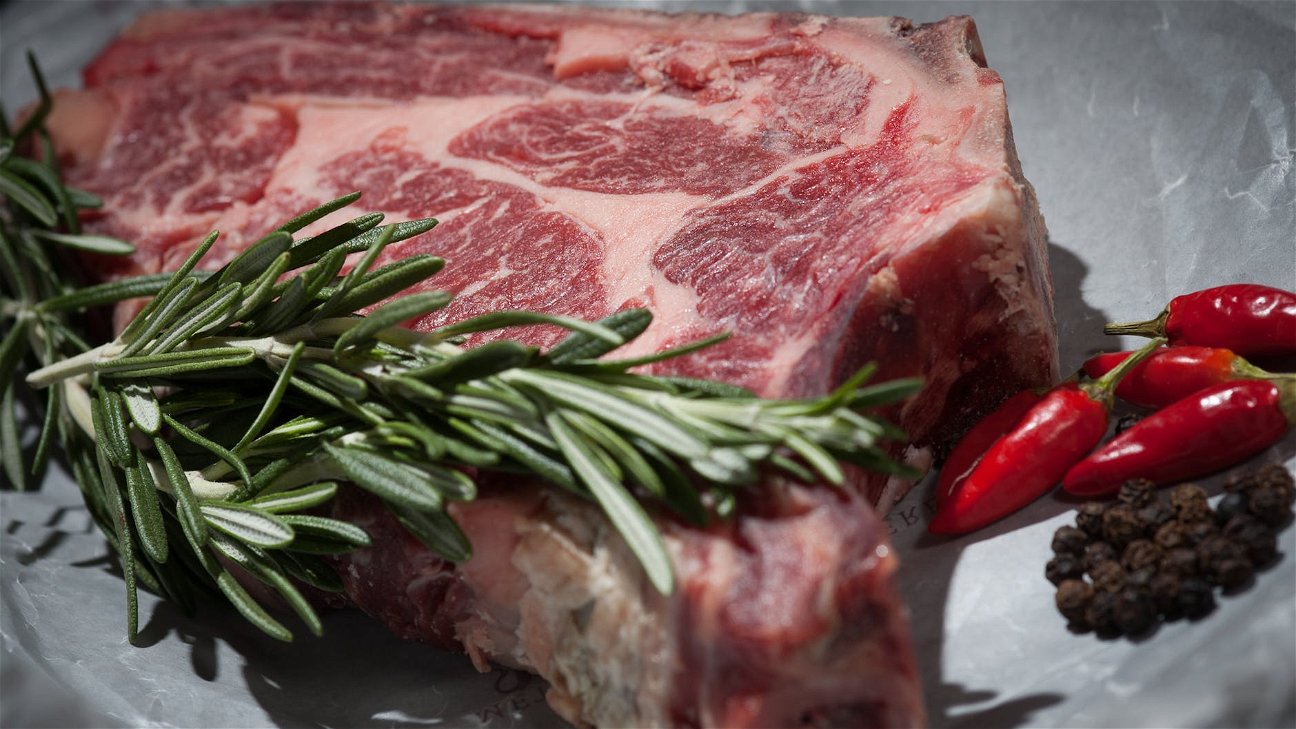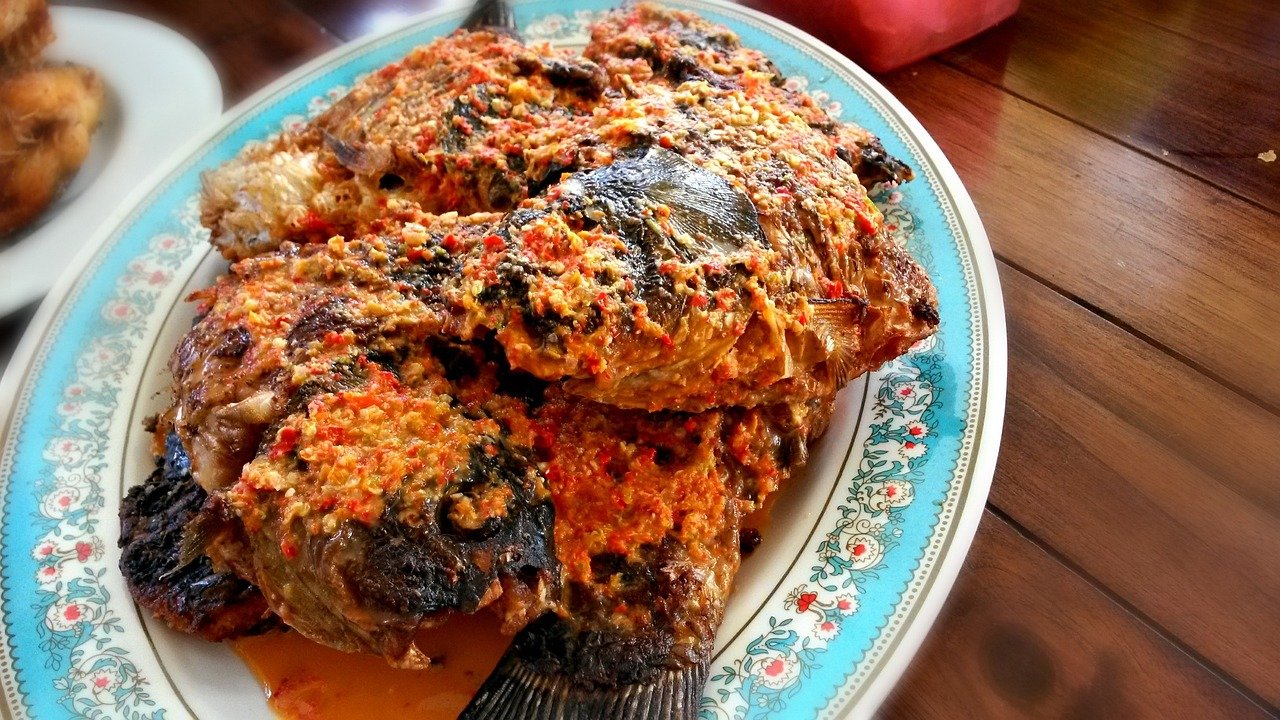
Food is not just about satisfying our hunger, but it's also about exploring various flavors and experiencing different cultures. One such adventure is diving into the world of spicy cuisines. From the fiery dishes of Mexico to the pungent curries of India, every corner of the globe has its unique way of harnessing the heat. If you're a spicy food lover or just curious about it, you are in for a treat as we journey together in this introduction to spicy cuisines.
Understanding the 'Heat' in Cooking
In culinary arts, the term 'heat' often indicates spiciness or piquancy. This sensation comes from capsaicin, a compound found in chilli peppers. The more capsaicin present, the spicier the food will be. Scoville Heat Units (SHU) is a scale used to measure the spiciness of chillies. Let's take a look at a few:
Spicy Cuisines Around the World
Different cuisines around the world use these chillies and other spices to create their signature spicy dishes. Here are a few:
-
Mexican Cuisine: Known for its intense and varied flavors, traditional Mexican food includes chillies at every step. Dishes like Chiles en nogada, enchiladas, and salsa are popular.
-
Indian Cuisine: Indian cuisine is famous for its use of a variety of spices. The heat here predominantly comes from green chillies, red chillies, and black pepper. Dishes like Vindaloo, Madras curry, and Phall are some of the spiciest Indian creations.
-
Thai Cuisine: Thai food is a harmonious blend of sweet, sour, salty, and spicy! Their heat comes from Thai chillies. Tom Yum, Green curry, and Pad Thai are some dishes to try.
Cooking Techniques for Spicy Food
Want to bring the heat to your own kitchen? Here are some tips:
-
De-seed your chillies: The heat of chillies mainly resides in the seeds and membranes. So, if you want a milder spiciness, remove them before cooking.
-
Balancing the spices: Spice doesn't mean just heat. A good spicy dish is a balance of flavors. Pair your chillies with other spices and ingredients to create a well-rounded flavor profile.
-
Start small: If you're new to cooking with heat, start small. You can always add more spice later, but you can't take it back once it's in the pot!
Whether you're a seasoned spicy food lover or just starting your journey, understanding and embracing spicy cuisines can open a whole new world of flavors. So, don't be afraid of a little heat in your kitchen.
